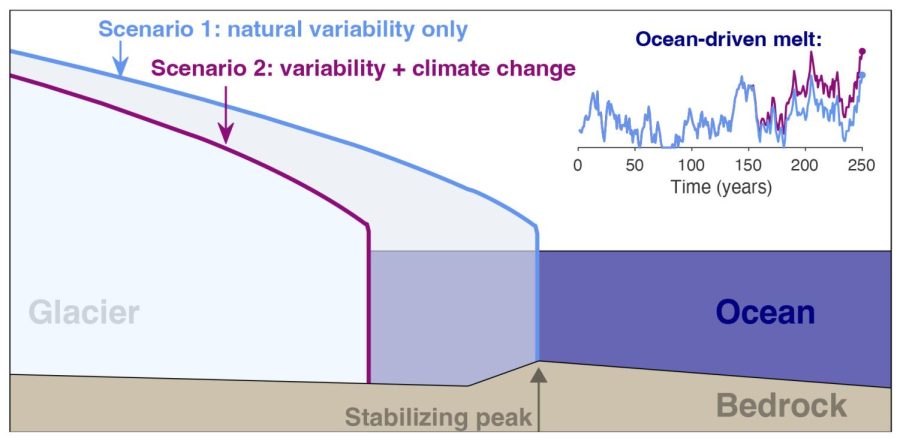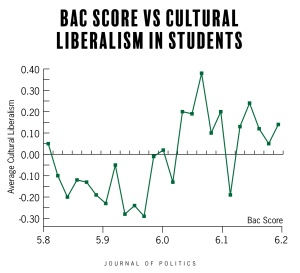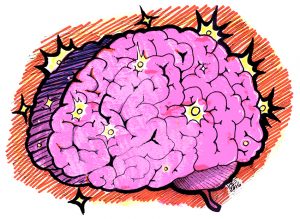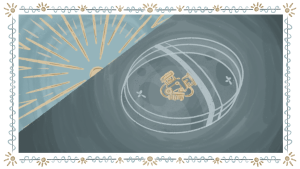UT researchers help find new methodology linking melting glaciers to climate change
August 1, 2022
UT researchers helped develop a new methodology to visualize the effects of human-caused climate change on glacial retreat.
Researchers at UT’s Institute for Geophysics and at Georgia Tech’s School of Earth and Atmospheric Sciences published their findings July 13 in The Cryosphere. The article focused on the melting that occurs in glaciers that touch the ocean. Each of these glaciers has a threshold associated with the terrain they flow over, said John Erich Christian, a joint postdoctoral fellow at UT and Georgia Tech and lead author of the study. When glaciers pass this topographic threshold, they begin to retreat much faster.
“While we know that human activity is warming the planet and the Arctic, these glaciers themselves have some kind of unique characteristics that make understanding (the) effects of climate change a little more complicated,” Christian said. “We wanted to develop a new way to analyze these glacier retreats in light of these unique characteristics of these particular glaciers.”
This methodology allows researchers to run through many simulations of glacial retreat to determine how much human activity is increasing the probability of melting, said Alexander Robel, an assistant professor in earth and atmospheric sciences at Georgia Tech and co-author of the study.
“We can simulate the retreat of a single or many glaciers lots and lots of times, where each simulation includes a different random sequence of year-to-year fluctuations in climate, but the same human-caused change in climate,” Robel said.
The simulations showed that natural variability in climate made it possible for some glaciers to move over their threshold, Christian said. However, he also said when additional warming trends that mimicked human-caused climate change were added to the scenario, the likelihood of glacial retreat increased.
“We’re arguing that it makes sense to think about these (random) likelihoods of retreat … (and) how much the additional warming trend in the background increases that likelihood of retreat,” Christian said. “We found that in our model simulations, these long-term trends are really good at increasing the likelihood, which is not terribly surprising. But this new method is a way to kind of formalize that.”
Currently, Christian said the methodology has only been applied to simplified cases. He said eventually specific glaciers will be evaluated to determine their likelihood of retreat.
“We want to make sure that we’re interpreting the changes we’ve seen in the best way, consistent with our knowledge of how these glaciers work and how the climate around them has changed,” Christian said. “We hope this is a first step in bringing more clarity to those interpretations.”















